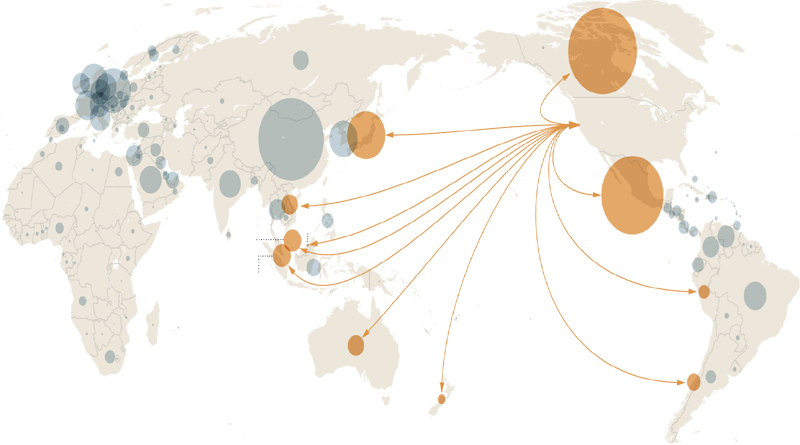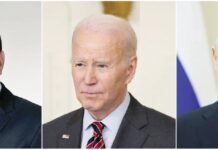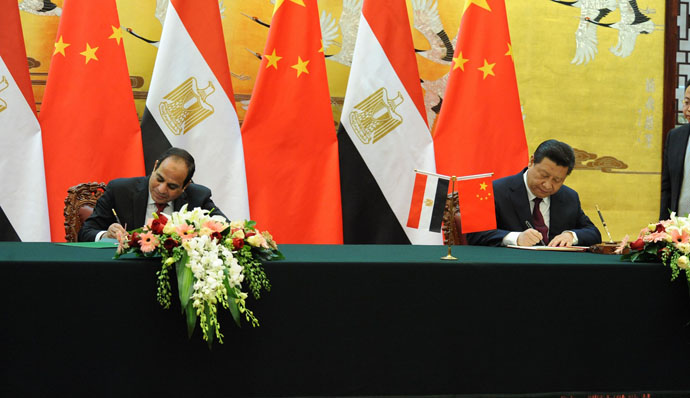by Ameera Fouad
One of the largest trade accords in the world was signed last Monday among 12 countries of nearly $28 trillion, representing 40 per cent of the global GPP and one-third of world trade.
The agreement was made in Atlanta after 10 years of disputes, negotiations and round-the-clock talks. The agreement set new terms of trade and business investment among the United States and 11 countries in the Pacific Rim region.
The Trans-Pacific Partnership (TPP) dates back to 2006, and is an expansion of the Trans-Pacific Strategic Economic Partnership Agreement (TPSEP or P4), which was signed by Brunei, Chile, New Zealand, and Singapore. Australia, Canada, Japan, Mexico, Peru, the United States, Singapore, and Vietnam joined the talks later to bring up the participating countries to 12 in 2015.
This agreement comes as a major success for US President Barack Obama, who had set the goal of pushing it through before the end of his term in office. The law is awaiting approval from the US Congress, although Obama does need to get past members of the Democratic Party who strongly oppose the deal.
The pros of the TPP for the US include writing the rules for new global trade which would help increase American exports, grow the economy, support well-paying jobs and strengthen the middle class.
The agreement would also encourage the other countries to impose rigorous labour and environmental standards on trading partners and the supervision of intellectual property rights.
The deal will also possibly put lower barriers to trade among the 12 countries around the Pacific, including highly developed nations like Japan, but also Vietnam, Malaysia and other developing economies.
Economists say the deal would spur trade and investment and add to US economic growth, especially in exports, as the deal is reminiscent of the 1993 trade agreement signed by US President Bill Clinton which was considered one of the major leaps in the US economy during that decade.
The TPP also addresses data flow over the internet, where countries agree not to block cross-border transfers of data and not require that servers be located in the country in order to conduct business in that country.
One of the largest aims of the agreement is promoting the service industry which accounts for most of the private jobs in the American economy. The United States has a competitive advantage in a range of services, including finance, engineering, software, education, legal and information technology. Although services are not subject to tariffs, nationality requirements and restrictions on investing are used by many developing countries to protect local businesses.
Eliminating tariffs and others barriers to goods, services, trade and investment is the major aim of this agreement. This should be done by facilitating the development of production and supply chains among TPP members, which will support the goals of job creation, improving living standards and welfare, and endorsing sustainable growth among all participating countries.
The TPP does not ignore small and medium sized enterprises, as the agreement terms will address concerns of these businesses and encourage them to trade internationally.
The majority of Americans still oppose the deal, however, and public debate is ongoing as the country waits for the agreement to pass through Congress.















